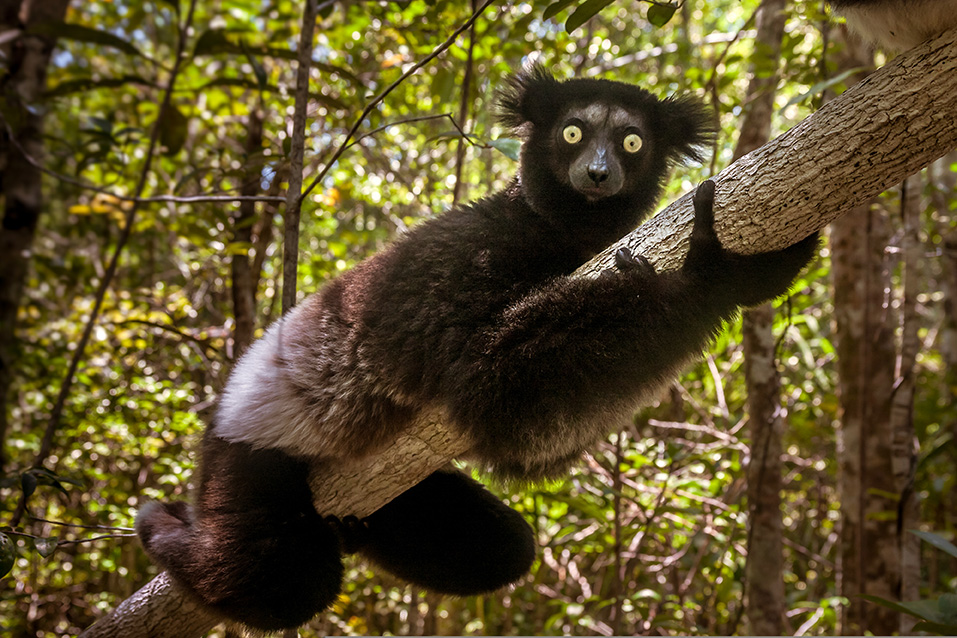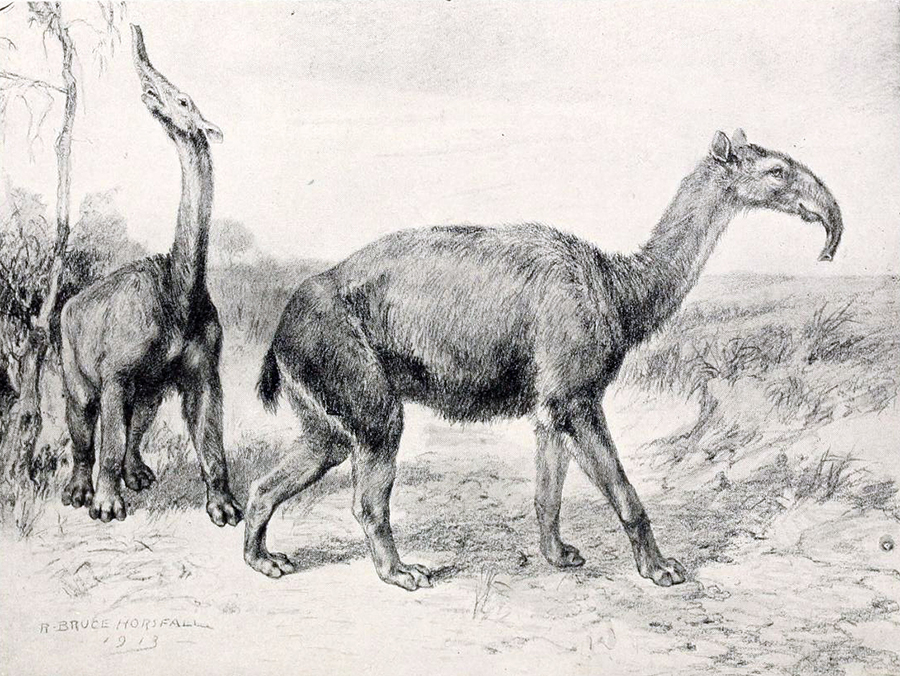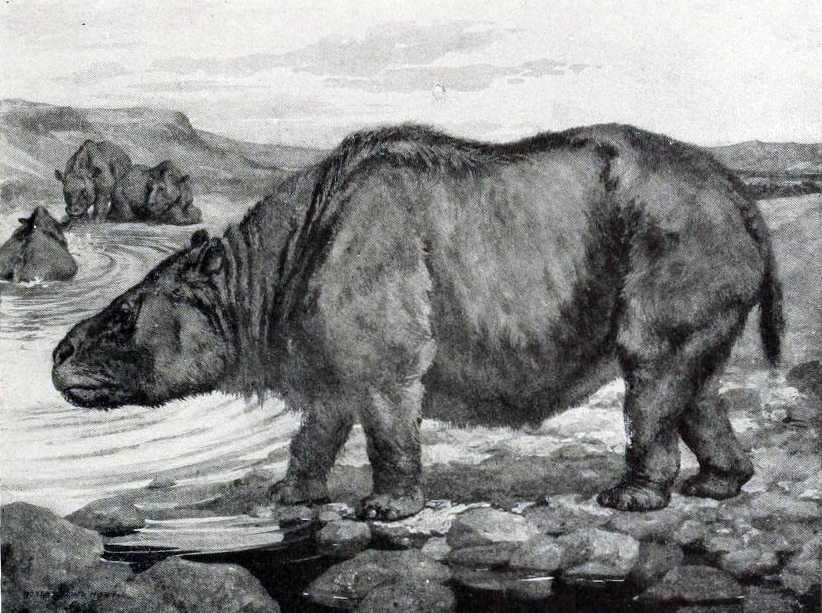
There have been several momentous events in Earth’s history when the environment of our planet has changed so dramatically that the majority of the Earth’s plant and animal species disappeared. But after each mass death, evolution has slowly filled in the gaps with new species.
 “We currently live in yet another period of greatly increased eradication of species. But this time, it is occurring not because of natural disasters but because of human activity,” says Søren Faurby at the University of Gothenburg, co-author of the study published in the scholarly journal PNAS.
“We currently live in yet another period of greatly increased eradication of species. But this time, it is occurring not because of natural disasters but because of human activity,” says Søren Faurby at the University of Gothenburg, co-author of the study published in the scholarly journal PNAS.
According to the study, nature would need three to five million years to recover and replace the species that are expected to disappear during the next 50 years. And it will take five to seven million years to restore biodiversity to the level that existed in the early years of humankind.
Loss of some species means more than others
The researchers have used an extensive database of mammals. It covers not only species living now, but also includes hundreds of species that existed during the early years of humankind.
While all species do not have the same evolutionary significance, several of the mammals that have disappeared represent major losses, according to the researchers. One example is what once was the largest predator in Australia, the now extinct marsupial lion (Thylacoleo carnifex).
“When that species disappeared about 50,000 years ago, we lost an entire mammalian family because there was only one species in the family. In comparison, the cat family includes about 40 species. Therefore, the eradication of the marsupial lion was significantly more detrimental than if another individual mammal had disappeared instead,” says Faurby.
 The loss of entire family lines rather than individual species means that significantly more evolutionary history is lost.
The loss of entire family lines rather than individual species means that significantly more evolutionary history is lost.
“When these animals died out, they took entire branches of the evolutionary tree of life with them,” says Faurby.
“We lost not only these species, but we also lost the unique ecological features and millions of years of evolutionary history that they represented,” says palaeontologist Matt Davis from Århus University, who led the study. “Their eradication meant that entire branches of Earth’s evolutionary tree were hacked off.”
Several species threatened today
The mammals that exist today are faced with increasing levels of eradication, according to the researchers. The  black rhinoceros, for example, runs a high risk of becoming extinct within the next 50 years. And the Asian elephant is also threatened in the long term.
black rhinoceros, for example, runs a high risk of becoming extinct within the next 50 years. And the Asian elephant is also threatened in the long term.
But the research team does not have only bad news.
“Our data and methods can be used to quickly identify endangered, evolutionarily distinct species so that we can prioritise conservation efforts and focus on avoiding the most serious extinctions,” says Søren Faurby.
Contact: Søren Faurby, mobile: +46 (0)73–642 24 82, e-mail: soren.faurby@bioenv.gu.se
Name of the article: Mammal diversity will take millions of years to recover from the current biodiversity crisis
Digital publication: http://www.pnas.org/content/early/2018/10/09/1804906115
Images:
Indri (Indri indri) of Madagascar, which is the largest living lemur, is currently threatened. If it disappears, we will lose 19 million years of unique evolutionary history. Photo: Pierre-Yves Babelon/Aarhus University.
Macrauchenia patachonica, which was discovered by Charles Darwin, belonged to a group of prehistoric South American mammals that are not closely related to any of today’s mammals. Photo: Bruce Horsfall/Proceedings of the National Academy of Sciences.
Toxodon platensis in South America was discovered by Charles Darwin, but it took the researchers more than a hundred years to find out how it was related to other mammals. We now know that it belonged to an old mammalian line that completely died out after the Ice Age, a unique branch from the mammalian tree of life that once stretched all the way back to the time of the dinosaurs. Photo: Bruce Horsfall/Proceedings of the National Academy of Sciences.
The red panda (Ailurus fulgens) is threatened. It has no close relatives. If the red panda disappears, we will lose 31 million years of unique evolutionary history. Photo, Mathias Appel.

 “We currently live in yet another period of greatly increased eradication of species. But this time, it is occurring not because of natural disasters but because of human activity,” says Søren Faurby at the University of Gothenburg, co-author of the study published in the scholarly journal PNAS.
“We currently live in yet another period of greatly increased eradication of species. But this time, it is occurring not because of natural disasters but because of human activity,” says Søren Faurby at the University of Gothenburg, co-author of the study published in the scholarly journal PNAS. The loss of entire family lines rather than individual species means that significantly more evolutionary history is lost.
The loss of entire family lines rather than individual species means that significantly more evolutionary history is lost. black rhinoceros, for example, runs a high risk of becoming extinct within the next 50 years. And the Asian elephant is also threatened in the long term.
black rhinoceros, for example, runs a high risk of becoming extinct within the next 50 years. And the Asian elephant is also threatened in the long term.